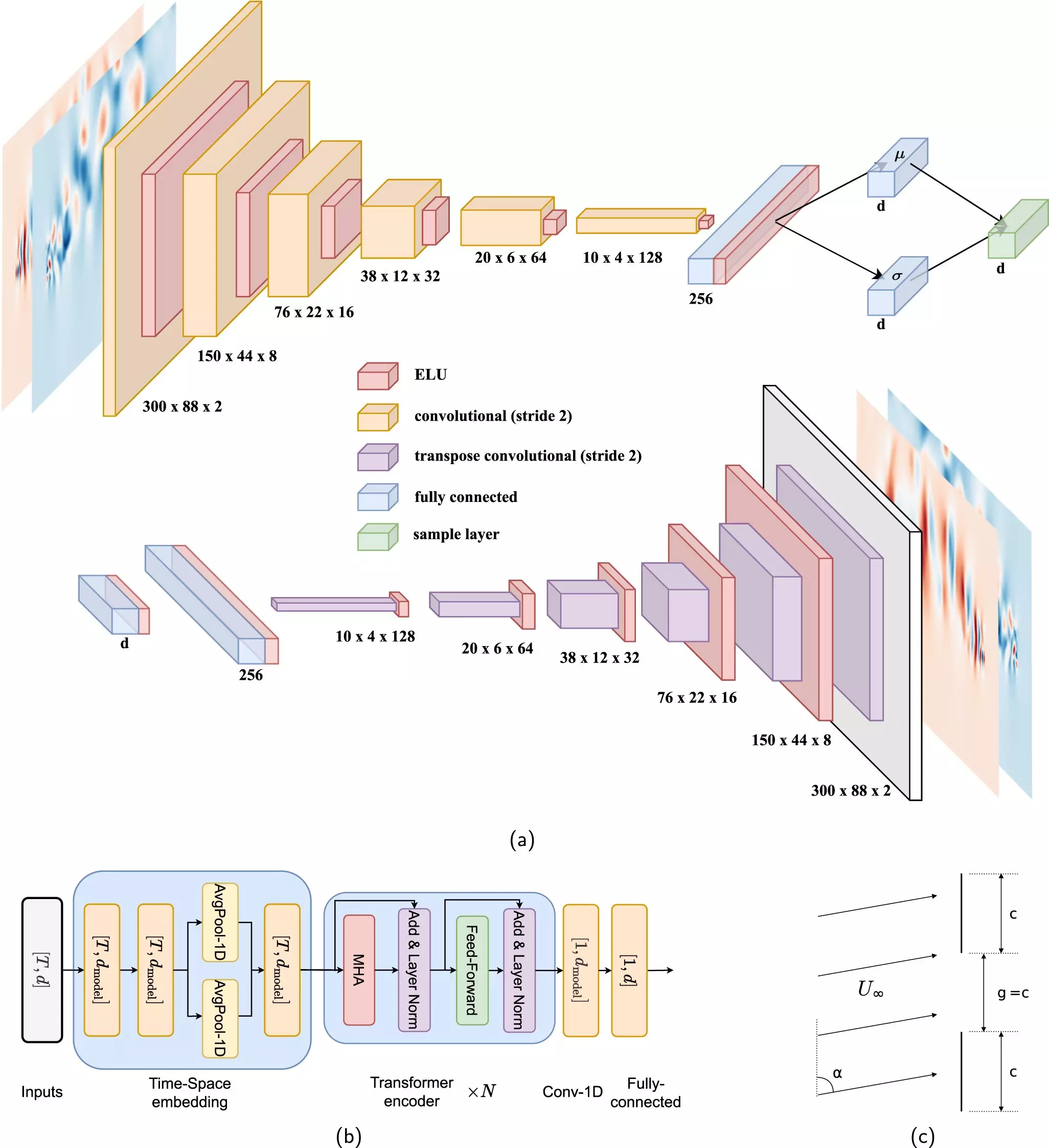The field of aerodynamic engineering has seen significant advancements in recent years, particularly with the introduction of deep learning tools. These tools have transformed the way planes, cars, and ships are designed, making them more fuel-efficient and structurally refined. One of the latest breakthroughs in this field is a new computational model that leverages neural network architecture to generate accurate predictions while also saving time, cost, and energy.
Developed by researchers at KTH Royal Institute of Technology, along with collaborators in the U.S. and Spain, this new model has been published in Nature Communications. It has been reported to deliver a high degree of accuracy in predicting aerodynamic drag while significantly reducing the computational cost involved. This innovative model is based on a reduced order model (ROM), which retains the essential features of more complex simulations while eliminating less important details.
Unlike traditional linear models used in fluidics, which rely on simple computations to make predictions, neural networks are designed to mimic the functioning of the human brain. While they may not possess the ability to think independently, neural networks excel in learning and mapping intricate relationships between input and output data. This capability is especially valuable in predicting and modeling air friction close to the surface of an airplane wing or a train engine.
The adoption of this new model in aerodynamic engineering allows for improved predictions of airflow dynamics and more efficient control of aerodynamic drag. By accurately predicting how airflow changes over time, engineers can optimize the design of airplane wings and other aerodynamic components to reduce drag and improve overall performance. This has the potential to lead to significant reductions in global emissions, ultimately impacting the environmental sustainability of transportation systems.
The new model developed by KTH researchers can capture over 90% of the original physics in flow predictions with minimal processing complexity. In contrast, traditional linear models like proper-orthogonal decomposition (POD) and dynamic-mode decomposition (DMD) struggle to achieve the same level of accuracy due to their simplistic representations of airflow dynamics. The use of neural networks enables engineers to account for the complex and non-linear nature of aerodynamic interactions, resulting in more accurate predictions and improved design outcomes.
Aerodynamic drag is a significant contributor to global emissions, making advancements in aerodynamic control technologies crucial for reducing environmental impact. By leveraging deep learning tools and neural network models, engineers can achieve substantial reductions in drag, leading to more environmentally friendly transportation systems. These advancements have the potential to reshape the future of aerodynamic engineering and contribute to a more sustainable world.
The integration of deep learning tools and neural network models in aerodynamic engineering represents a major step forward in optimizing the design and performance of vehicles. The innovative approach taken by researchers at KTH Royal Institute of Technology demonstrates the power of leveraging advanced technologies to address complex engineering challenges. As we continue to push the boundaries of aerodynamic engineering, the adoption of deep learning tools will play a crucial role in shaping a more efficient, sustainable, and environmentally friendly transportation industry.


Leave a Reply